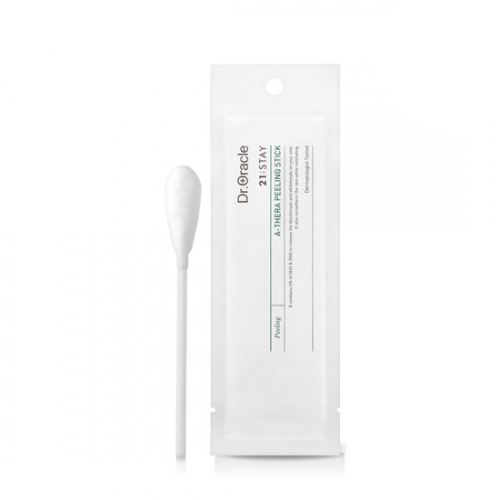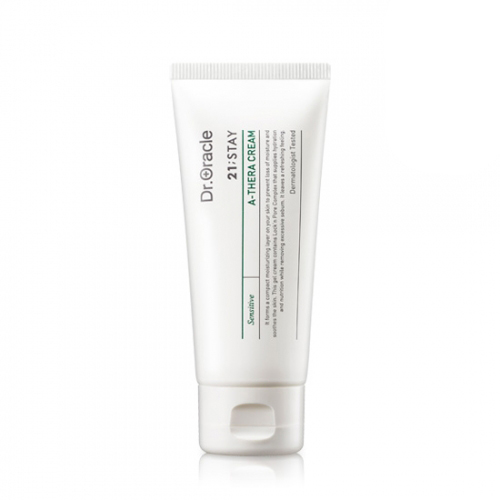From hormonal acne to fungal acne, there are so many different types of acne. As a result, you may be confused as to which type of acne you’re dealing with. This week, Renee and Tina take you through the types of acne and the treatments you need to know.
Acne is caused by clogged pores, which can be attributed to excess oil, bacteria, hormones, dead skin cells, or ingrown hairs. Even though you may associate acne with teenage years, acne is one of the most common skin conditions and can affect people of all ages and skin types.
There are two primary types of acne: non-inflammatory and inflammatory. Non-inflammatory acne includes blackheads and whiteheads, while inflammatory includes papules, pustules, nodules, and cysts.
For non-inflammatory acne, you want to try products with acids like AHAs and BHAs. Inflammatory acne is trickier to treat because they’re more likely to lead to dark scars, but there are certainly treatments you can try at home to make the breakouts go away faster. For both types of acne, the Dr. Oracle A-Thera line is perfect, especially if your skin is sensitive.
Watch the video above to find out which type of acne you’re dealing with and what products we recommend for your acne.
















